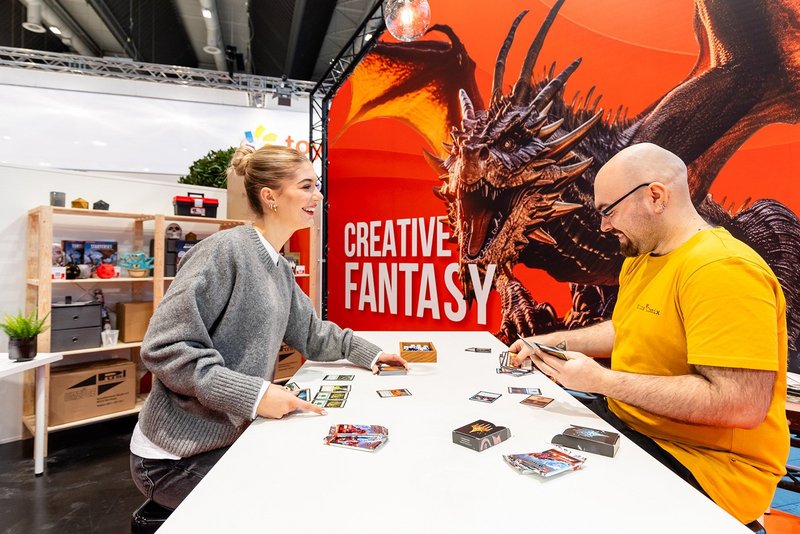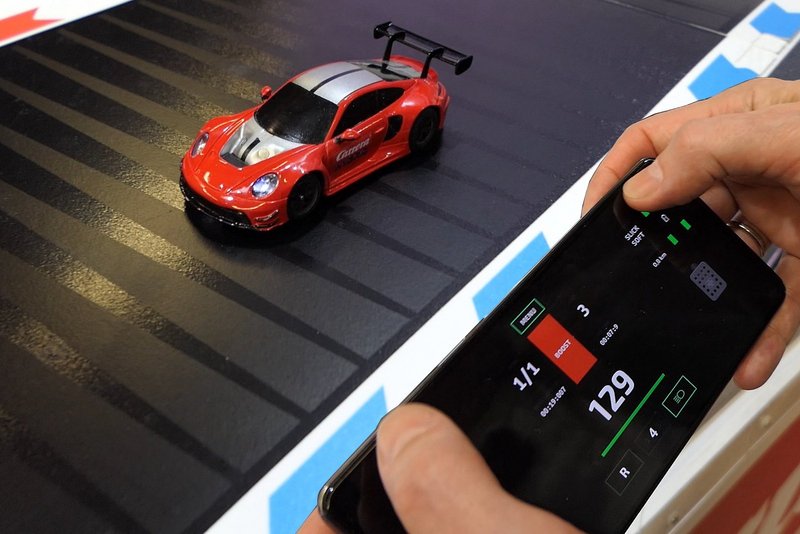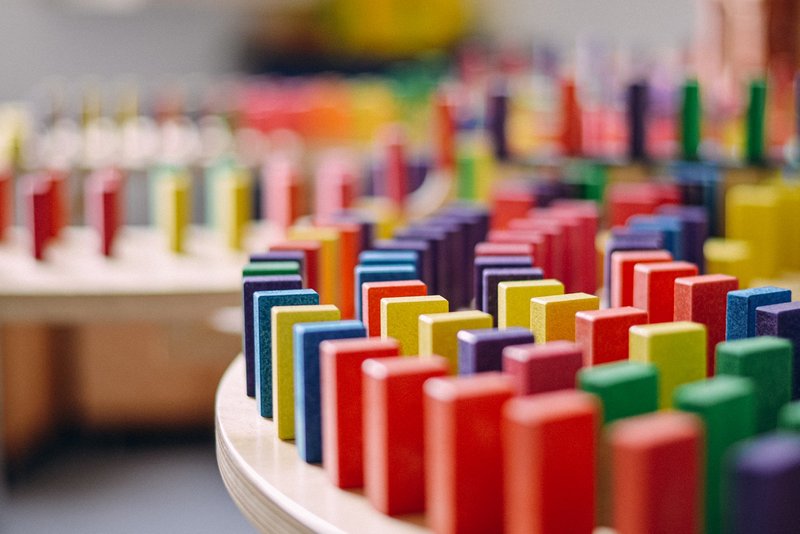
The unofficial symbol of this year’s Olympic Games
The Eiffel Tower in model form
By Peter Thomas
What a grand idea: Paris playing host to the world and visitors being welcomed to the French capital with a fascinating, state-of-the-art monument. So it was for the 1889 World’s Fair, for which engineer Gustave Eiffel designed his legendary tower. The 330-metre landmark was built according to aesthetically reworked plans prepared by architect Stephen Sauvestres and was completed on time for the World’s Fair. Now, 135 years later, Paris will again welcome the world. And the Eiffel Tower will be celebrated this summer as a symbol of the 2024 Olympic Games.
This towering architectural and technical achievement has also left its mark in the world of toys. Metal models have been to the fore for a long time, and for good reason – Eiffel too built his tower using prefabricated elements with holes already drilled during production. The pieces made from wrought iron are held together with around 2.5 million rivets.
The idea of the metal construction set

The iron framework structure of the Eiffel Tower was also the basis for the idea of the metal construction set, invented a good 125 years ago by Englishman Frank Hornby. Since then, his global company, Meccano, and other manufacturers of construction toys, such as Märklin, have brought a number of construction sets based on the theme of the Eiffel Tower to market.
Today, German brand Eitech continues this tradition. The large construction set with more than 2,300 perforated parts costs EUR 230 and is the crowning glory of the Masterclass series, aimed particularly at adults who enjoy model building. Screw connections are used instead of rivets. The finished replica reaches a respectable 1.25 metres in height. However, there’s also a smaller set for hobbyists looking to get started with metal construction sets: Eitech has a miniature Eiffel Tower with 250 parts for EUR 27.50 in its range.
From contentious to iconic

It’s hard to imagine now, but the tower project caused emotions to run high in Paris in the late 1880s. Eiffel’s modern landmark was initially a real bone of contention for many at the time. Those views changed as the tower began to grow to its impressive height. By the time of its inauguration, the overriding mood was one of enthusiasm. It makes sense, therefore, that the Eiffel Tower has donned the famous five rings this year to mark the Olympics.
Anyone wishing to get to grips with the filigree-like structure before, during or after the Games has many options to choose from in the toy industry. Foremost among these are construction toys, but puzzles are another example. The design principle is consistently carried into the modern age with versatile, interlocking, plastic building blocks. Lego already set a benchmark here in 2022 with set #10307 in its Icons range. The almost 1.5 metre tower is built using precisely 10,001 parts. Retailing at EUR 630, the model features endearing details, such as the trees under the first-floor arch.
Holz statt Eisen

When making models of historic feats of engineering, large system toys such as interlocking bricks and metal sets are not a must. Traditional wooden blocks can also be used to excellent effect. Take the example of Kapla from the south of France at the 2024 international Spielwarenmesse. The company known for its wooden construction sets made of French pine not only showcased the Eiffel Tower box (105 planks, EUR 39) in its range but also a large-scale model of the same structure: standing 2.2 metres high and made of some 4,000 wooden blocks, it was a popular photo motif at the trade fair.
Models with interlocking, laser-cut parts also use wood as the basis. For example, Rolife offers a miniature Eiffel Tower for EUR 20. The principle is similar to that of a 3D puzzle. It therefore only makes sense that puzzlemaker Ravensburger has brought out a three-dimensional puzzle, including lighting, depicting the Eiffel Tower by night for this Olympic year. The set contains 216 parts and costs EUR 42. The model is constructed from robust plastic puzzle pieces using the EasyClick technology from Ravensburger. LEDs provide atmospheric lighting – evoking the lights of the real Eiffel Tower in Paris.
About the author Peter Thomas:
Telling stories about technology and people: This has fascinated the journalist, author, cultural scientist and lecturer for more than 30 years. Technical toys are always in focus, from construction kits to interactive digital educational toys. After studying and working as a research assistant at university, Peter Thomas writes for daily newspapers, magazines and corporate publications in German and English-speaking countries. In addition to the world of games, his focus is on mobility, security, energy and medical technology.




